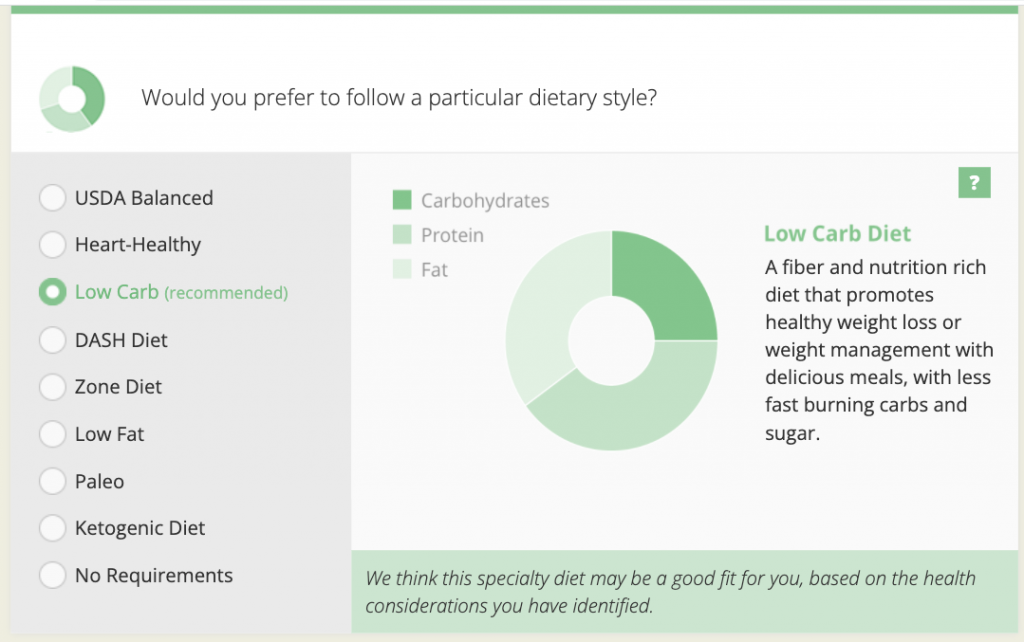
Go figure, just when I thought I knew everything about diabetes, I get to learn a new and interesting fact! I had assumed that November was designated as National Diabetes Month to caution folks to be mindful during the holiday season. In fact, November was picked, and specifically November 14 as World Diabetes Day, to commemorate the birthday of Sir Frederick Banting, who co-discovered insulin along with Charles Best in 1921.

Yep, that makes the discovery of insulin a hundred years old! It was a lifesaving medical breakthrough that is still the number one treatment for Type 1 diabetes. It is also a key treatment for those with Type 2 diabetes. Prior to its discovery, life expectancy for a patient diagnosed with Type 1 diabetes was no more than two years. Like many important research findings, it took collaboration between many people to hypothesize, run multiple tests and purify this lifesaving treatment. After reading an article about naturally occurring insulin, surgeon Sir Frederick Banting had an idea to use insulin from islet cells to inject into patients with diabetes. He reached out to scientist, John Macleod and his research assistant, Charles Best, for help. After they made progress, James Collip, a biochemist, joined their team to help purify the insulin so it could be used in humans.
Like the team that discovered and developed this amazing treatment, we all need to collaborate to raise awareness, focus on prevention and support people with diabetes. This year, National Diabetes Month specifically focuses on pre-diabetes and preventing diabetes.
“Diabetes isn’t going away until we all do our part,” says Daisy Diaz, a spokesperson for the American Diabetes Association (ADA). “There are simple yet life-changing steps we can all take to recognize, reduce our risk, and ease the burden of diabetes. Join us this November to take #TheBigStepUp!”
So what can you do? Take the Big Step Up.

Week 1 (November 1–7): Step Up Awareness: Educate yourself. Find more information through the ADA’s month-long campaign. Learn more about the types of diabetes.
Week 2 (November 8–14): Step Up Detection: Learn the risk factors for type 2 diabetes. Take a risk test. 84% of people who have pre-diabetes don’t even know they are at risk.
Week 3 (November 15–21): Step Up Management: Choose healthier foods and drinks, and move more. The goal of the ADA National Diabetes Prevention Plan is 7% weight loss/weight maintenance and a minimum of 150 minutes of physical activity per week, similar in intensity to brisk walking.
Studies show that planning and cooking healthy meals at home helps prevent and manage diabetes. Maintaining blood sugars at an even level is key to avoiding long-term complications. That’s why using tools like DinnerTime to help maintain healthy habits can be so helpful. By choosing a low carb dietary style in your DinnerTime Profile, everyone at your table can enjoy and benefit from lower carb and less processed foods. Each dish and each meal has the nutritional information displayed so the diabetic can know the carb count and administer medication if necessary.
That’s why using tools like DinnerTime to help maintain healthy habits can be so helpful. By choosing a low carb dietary style in your DinnerTime Profile, everyone at your table can enjoy and benefit from lower carb and less processed foods. Each dish and each meal has the nutritional information displayed so the diabetic can know the carb count and administer medication if necessary.
Week 4 (November 22–28): Step Up and Thrive: Even if you don’t have diabetes or pre-diabetes, support those that do. Advocate for more funding, healthcare access, and affordable treatments. Join a walk-a-thon or bike-a-thon to raise money towards diabetes research and support. Even young children can understand the importance of getting regular exercise and choosing healthy foods. Check out these ADA sponsored virtual educational programs that are happening all month long. And, make sure you always serve healthy low carb options when entertaining your friends and family!
Tasty Low-Carb recipes!
Search for more delightful recipes in your DinnerTime Recipe Box.
Use the filter function (found on right of your DinnerTime Recipe Box search) to find desserts, main dish, side dishes etc.



